Exploring the dynamic landscape of modern music, avant-garde beats continue to push boundaries and redefine trends, offering a unique auditory experience that challenges conventional norms. As the art form evolves, it remains a cornerstone of innovation, blending experimental genres and pushing the limits of creativity. From its origins to its current resurgence, avant-garde beats have consistently challenged expectations, often polarizing audiences while inspiring new generations of musicians. In an era where musical trends are shaped by technological advancements and cultural shifts, the avant-garde movement stands as a testament to the enduring power of artistic rebellion. This exploration delves into the past, present, and future of avant-garde beats, examining their impact, relevance, and the debates surrounding their place in contemporary music.
Key Takeaways
– Avant-garde is thriving and evolving, continuing to influence art, music, and culture.
– It’s not dead—the avant-garde adapts, embracing new technologies and societal shifts.
– Challenges aside, its impact remains significant, inspiring innovation across various fields.
– Open-minded engagement is key to appreciating its unique, often provocative nature.
– Innovation ensures the avant-garde stays relevant in an ever-changing world.
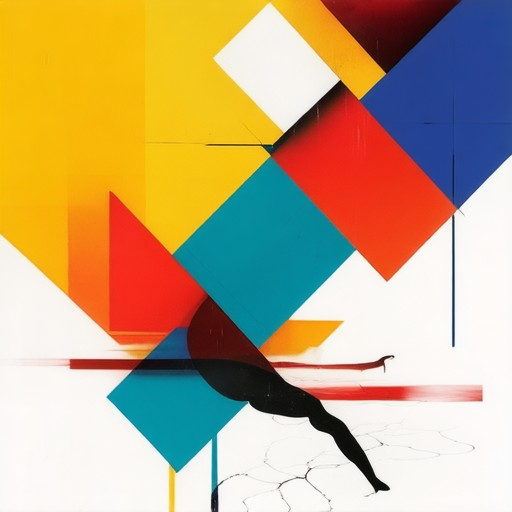
Avant-Garde or Trendy Style
The term “avant-garde” refers to something that is at the forefront of innovation, particularly in art, fashion, and culture. In the context of Abstract Hip Hop, this style represents a bold and experimental approach that pushes boundaries and challenges traditional norms.
Key Characteristics
- Unconventional Aesthetics: Avant-garde styles often feature unexpected combinations of colors, textures, and shapes that defy conventional beauty standards.
- Abstract Imagery: This style frequently incorporates abstract patterns, geometric shapes, and surreal elements that evoke a sense of wonder and intrigue.
- Progressive Techniques: Artists experiment with innovative techniques, such as spray painting, stenciling, and collage work, to create pieces that feel ahead of their time.
- Cultural Fusion: Avant-garde styles often blend influences from various cultures and mediums, resulting in a unique hybrid of artistic expression.
Historical Context
While the concept of avant-garde has roots in early 20th-century European art movements, it has evolved significantly within the context of Abstract Hip Hop. This style draws inspiration from the cultural melting pot of urban environments, where diverse influences coexist and inspire creative collisions.
Influence on Music and Art
Within Abstract Hip Hop, the avant-garde style is evident in both the visual art and the musical composition. Artists like Jessica Kaufman and Kayode Taylor push boundaries by combining intricate designs with thought-provoking themes, often exploring identity, social issues, and personal narratives.
Examples of Avant-Garde Style
One notable example of this style is the album cover for Abstract Thoughts by Abstract Thoughts . The cover features a surreal landscape where geometric shapes and vibrant colors collide, symbolizing the clash and harmony of ideas.
Conclusion
Ultimately, the avant-garde style in Abstract Hip Hop is a celebration of creativity and innovation. It challenges viewers to see the world in new ways and encourages artists to explore uncharted territories, making it a cornerstone of modern artistic expression.
What Are the 4 Types of Avant-Garde Music?
Avant-garde music is a genre characterized by its experimental and innovative approach to sound and composition. Below are the four primary types of avant-garde music:
- Electronic Music : This type of avant-garde music relies heavily on electronic instruments and technology to manipulate and create unique sounds. Artists like Aphex Twin and Brian Eno are often associated with this genre.
- Chance Music : Chance music involves elements of randomness and unpredictability in composition. Pioneered by John Cage, this music often incorporates chance operations in performances.
- Futurist Music : Futurism in music emphasizes the use of technological advancements and futuristic sounds. This genre often blends elements of electronic music and experimental techniques.
- Minimalist Music : Minimalism in music focuses on simplicity and repetition, often using a limited set of sounds to create complex and profound compositions. Artists like Steve Reich are prominent in this style.
These styles collectively push the boundaries of traditional music, exploring new textures, rhythms, and conceptual frameworks. Each type offers a unique perspective on innovation in the realm of sound and composition.
For more information on avant-garde music and its various styles, visit our homepage and explore our detailed articles on the subject.
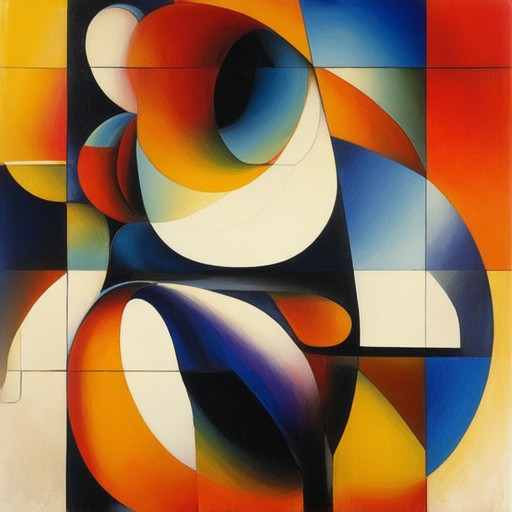
Avant-Garde Trend in 2025
The avant-garde trend in 2025 represents a bold fusion of innovation, nostalgia, and surrealism, blending futuristic design elements with timeless elegance. This trend is characterized by its rejection of conventional aesthetics, embracing instead a daring and unconventional style.
Fashion and Design
- Powder Gloss: A popular feature of the avant-garde trend, powder gloss adds a soft, ethereal touch to surfaces, mimicking the shimmer of moonlight. This effect is often paired with metallic accents for a dramatic contrast.
- Charming Fabrics: Delicate fabrics like silk organza and tulle are reimagined with intricate embroidery and asymmetrical cuts, creating a sense of movement and fluidity.
- Fluid Shapes: The trend emphasizes fluid silhouettes that defy traditional proportions, with draping that challenges the boundaries of the human form.
Cultural Influence
The avant-garde trend in 2025 draws inspiration from the 1960s, channeling the rebellious spirit of that era. This cultural resonance creates a nostalgic yet forward-thinking aesthetic, appealing to those who yearn for both innovation and historical resonance.
Lifestyle Integration
- Home Decor: Avant-garde design extends to interior spaces, with geometric patterns, vibrant color palettes, and unconventional furniture arrangements that challenge traditional living norms.
- Art and Music: The trend influences various artistic movements, with experimental musicians blending jazz, funk, and electronic beats in a way that feels both futuristic and grounded.
Competitors and Evolution
While the avant-garde trend stands alone, it is influenced by broader cultural shifts. Competing trends include neo-traditionalist designs and hyper-futuristic innovations. However, the avant-garde remains distinct due to its emphasis on emotional impact and conceptual storytelling.
Abstract Hip Hop, as a platform, continues to push the boundaries of creativity, reflecting the avant-garde spirit of 2025. By embracing experimentation and challenging conventions, we redefine what it means to be cutting-edge in our digital age.
For more insights into the avant-garde trend, explore Abstract Hip Hop , your go-to source for innovative culture and design.
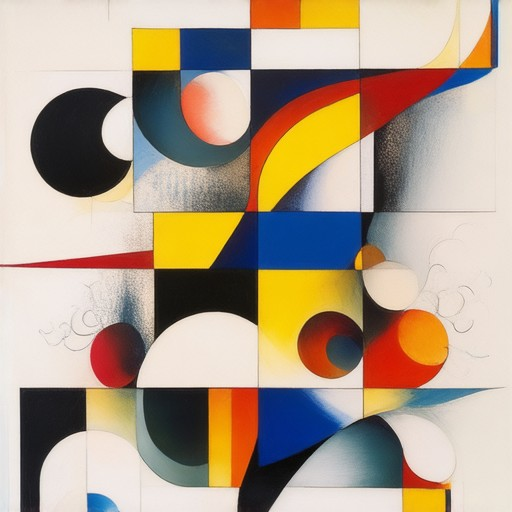
Is Avant-Garde Still a Thing?
Yes, avant-garde is very much still a thing. It represents innovation, experimentation, and boundary-pushing across various disciplines. While traditionally associated with art and culture, its principles apply to many modern fields.
Avant-garde continues to evolve in:
- Art and Design : Artists and designers challenge traditional norms, incorporating new media, technology, and unconventional materials.
- Music : Musicians experiment with electronic, jazz, and fusion genres, pushing creative limits.
- Fashion : Designers explore unorthodox fabrics, styles, and integration of technology like wearable devices.
- Digital Creation : Digital artists use AI, VR, and AR to create immersive, interactive experiences.
- Literature : Writers innovate with nonlinear storytelling and experimental narrative structures.
- Cinema : Filmmakers embrace surrealism, documentary hybrids, and visual storytelling techniques.
Today’s avant-garde often intersects with social movements, reflecting current issues like sustainability, identity, and mental health. It’s not just about art for art’s sake—it’s about provoking thought and driving change.
Abstract Hip Hop, for instance, embodies this spirit through its exploration of abstract beats and lyrical innovation. It bridges avant-garde musical techniques with cultural storytelling, offering a fresh take on artistic expression.
Ultimately, avant-garde remains vital because it challenges us to see the world differently. Whether through art, music, or culture, its impact shapes our understanding and inspires future generations.
Why Do People Not Like Avant-Garde?
The avant-garde is known for its radical departure from traditional norms and conventions, often unsettling audiences with its unconventional structures, dissonant harmonies, and abstract narratives. While many appreciate its innovative spirit, others struggle to connect with its often-intellectual and emotionally detached approach.
One reason people may shy away from avant-garde is its difficulty in relating to emotions. Many works prioritize intellectual exploration over emotional resonance, leaving audiences feeling disconnected. This disconnect can make the experience feel cold or alienating, particularly for those who prefer art and music that evokes a stronger emotional response.
Additionally, the avant-garde’s reliance on provocation and controversy can alienate those who hold onto traditional values or fear change. Its tendency to challenge societal norms can make it seem confrontational, which may deter individuals who prefer art and music that aligns more closely with their personal beliefs or comfort zones.
Another factor is the sheer unfamiliarity of avant-garde works. Since it constantly pushes boundaries, it can be overwhelming for audiences who aren’t exposed to diverse artistic expressions. The lack of a clear framework or narrative can make it difficult to grasp, leading some to dismiss it outright.
Moreover, the avant-garde’s association with experimentalism and innovation can limit its appeal in commercial settings. Mainstream platforms often favor safer, more familiar choices, leaving avant-garde artists and their works to operate in niche spaces.
Ultimately, the avant-garde thrives on its ability to provoke and challenge, but this can come at the cost of accessibility and relatability. While its impact may be profound for those willing to engage with its complexities, it remains a polarizing force in contemporary culture.
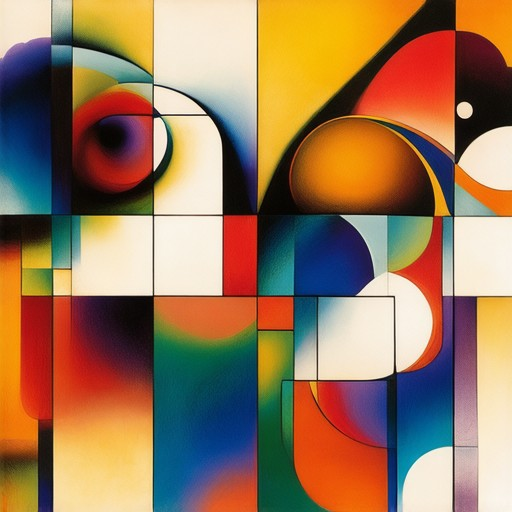
Is Avant-Garde Dead?
The concept of the avant-garde as a radical movement in art and culture is often debated, but it is far from dormant. While its traditional forms may have evolved, the spirit of experimentation and innovation continues to thrive in various artistic domains.
Why the Avant-Garde Isn’t Dead
The avant-garde has simply redefined itself in response to changing cultural landscapes. What was once defined by visual arts and literature now encompasses digital media, sound art, and interdisciplinary practices. Artists and thinkers today continue to push boundaries, challenging conventional norms through works that blend technology, activism, and personal expression.
Contemporary Movements Keeping It Alive
Contemporary movements like Sound Art and Visual Poetics demonstrate the ongoing relevance of avant-garde principles. These groups experiment with new technologies and collaborative practices, ensuring that the avant-garde remains a dynamic force in modern culture.
Challenges in the Digital Age
While the internet has democratized access to art and culture, it has also introduced new challenges. Issues like copyright restrictions and the saturation of online content can sometimes stifle creativity. However, artists adapt by embracing new platforms and tools, proving that the avant-garde evolves rather than disappears.
A Conclusion
The avant-garde is not dead—it has never been more alive. Its essence lies in constant evolution, embracing change while maintaining a commitment to originality and provocation. As long as there are creators willing to challenge the status quo, the avant-garde will continue to thrive, shaping the future of art and culture.
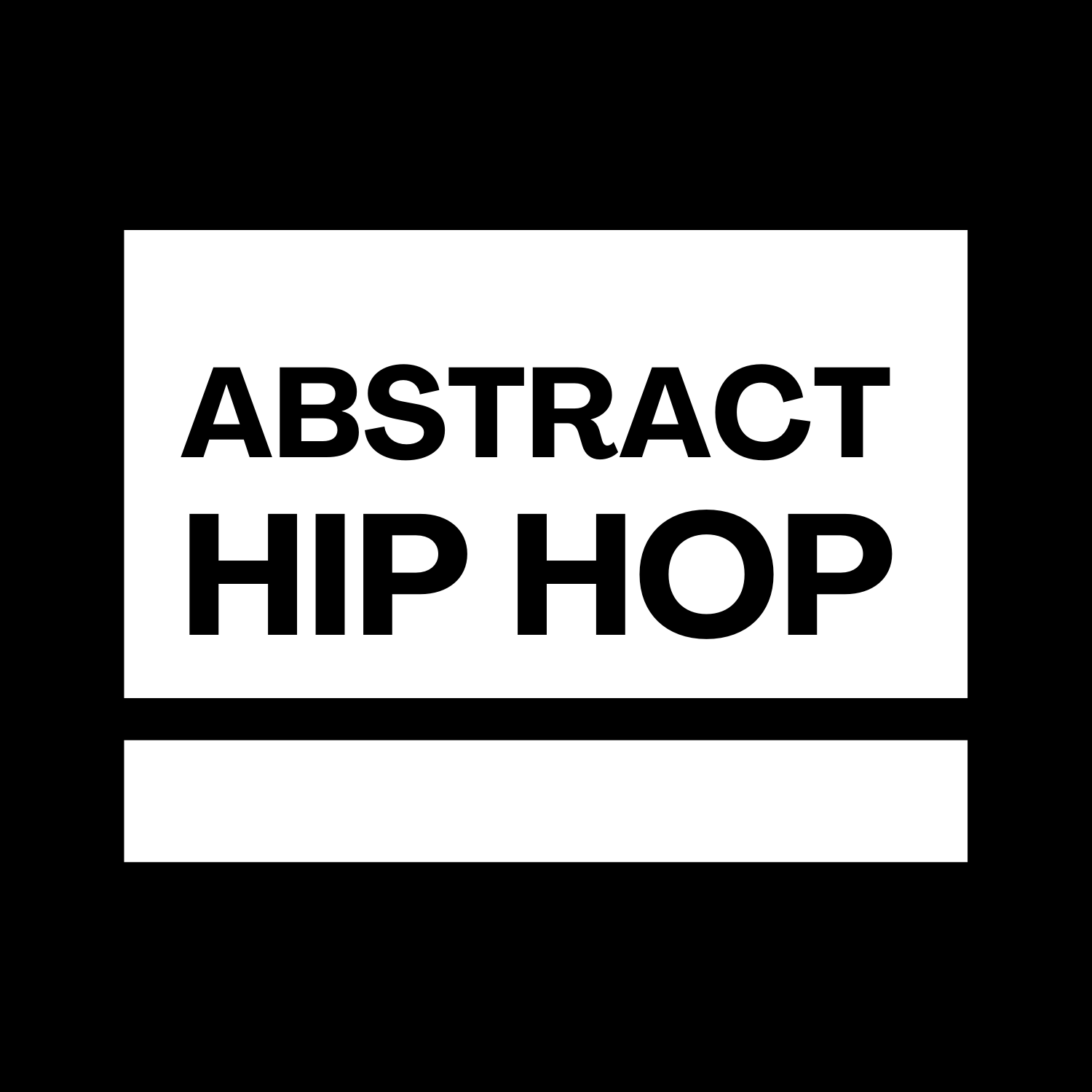
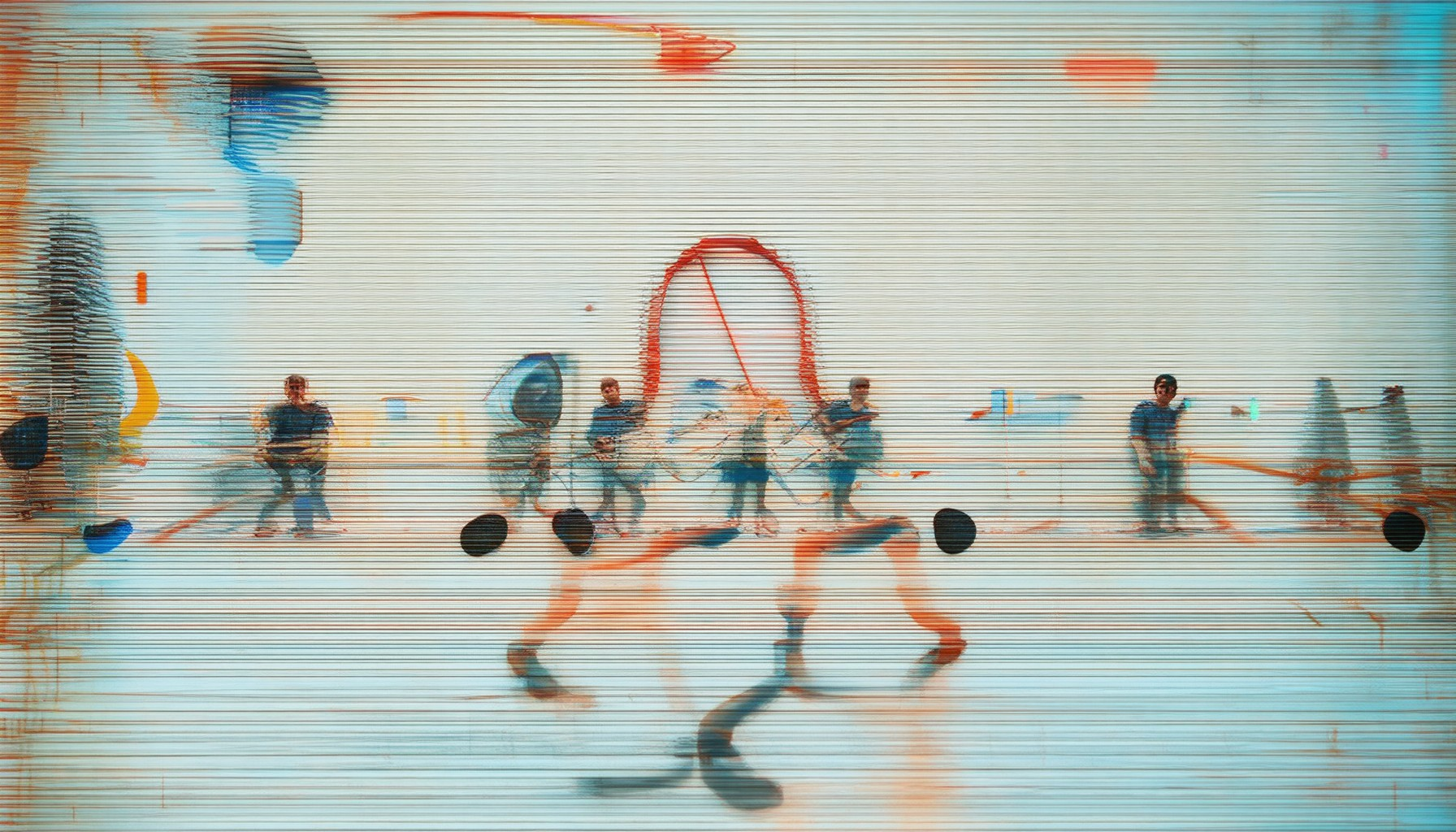
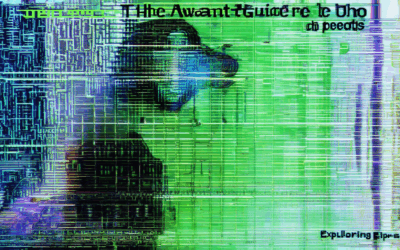
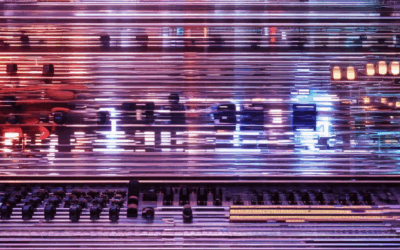

0 Comments